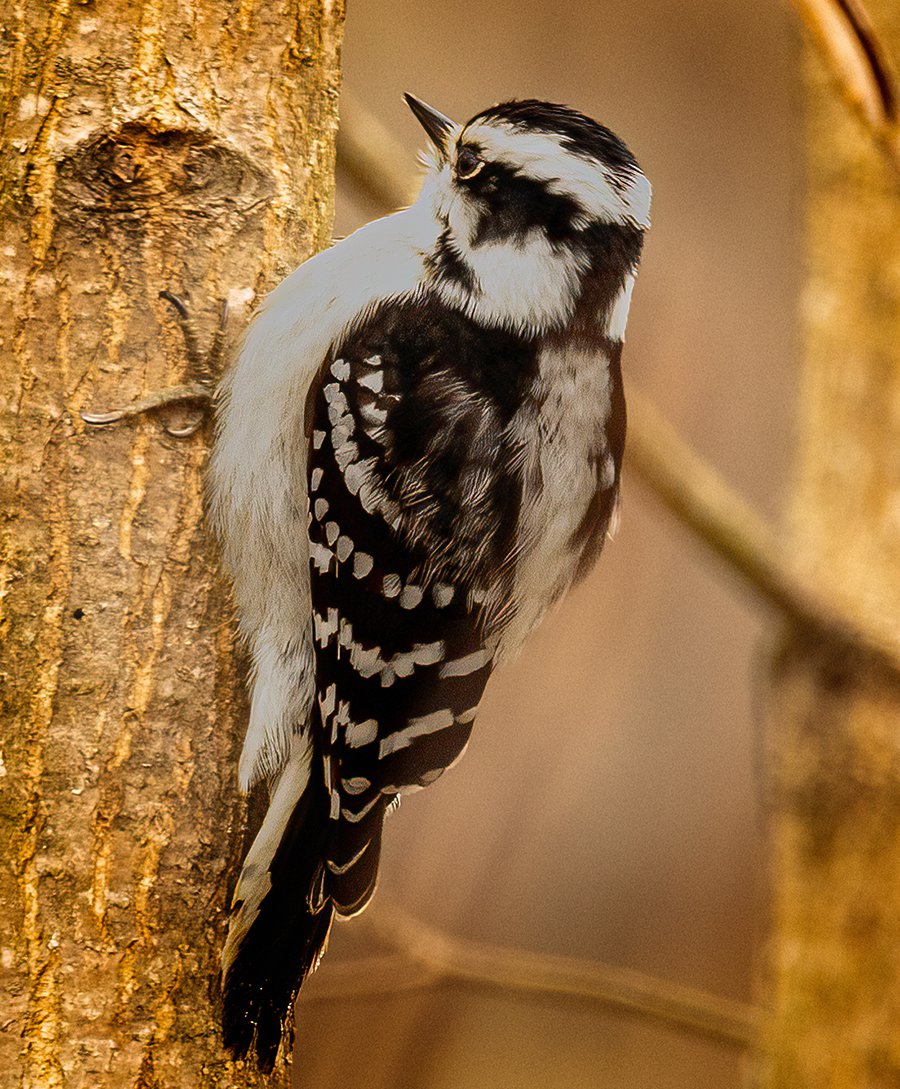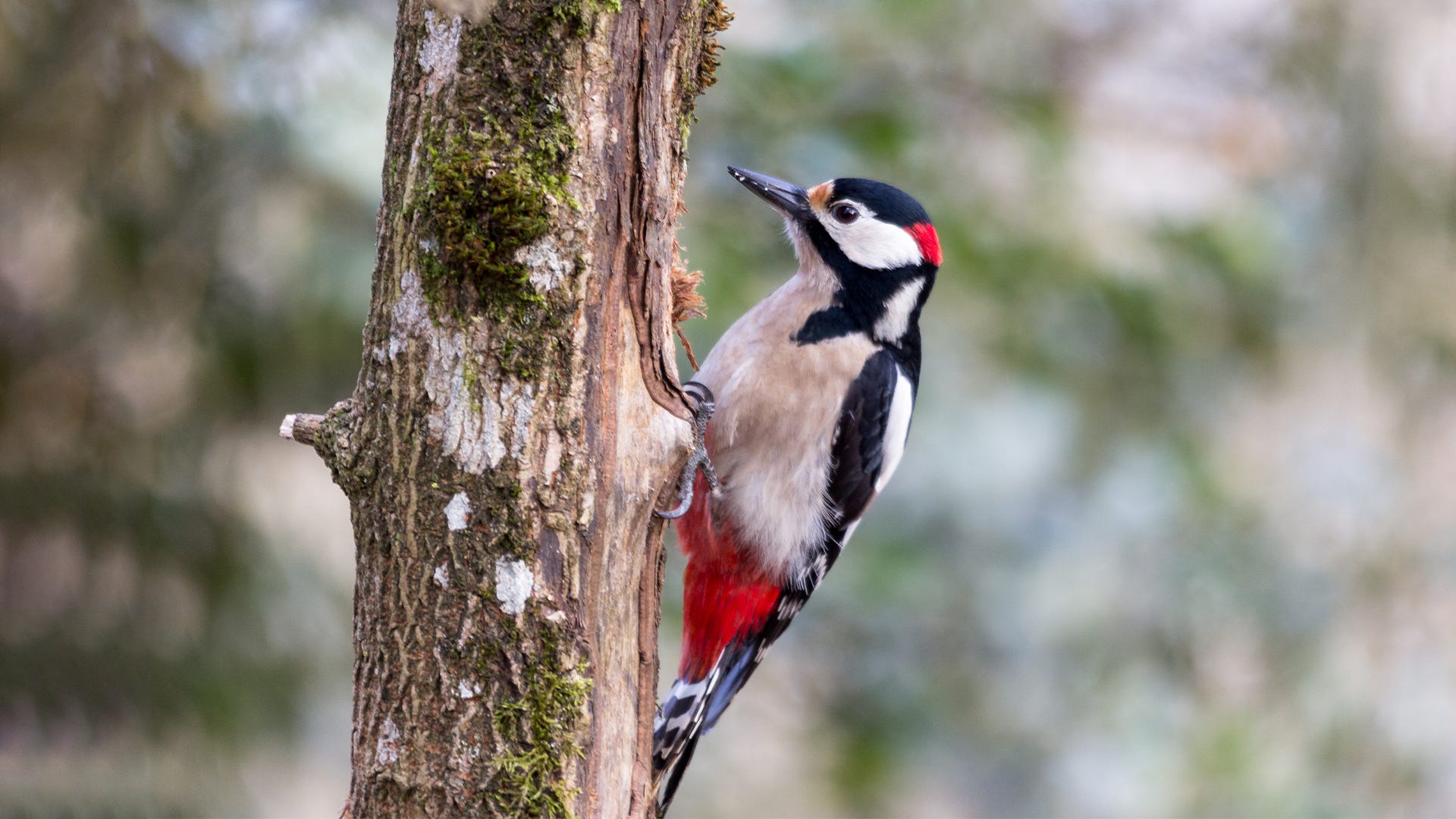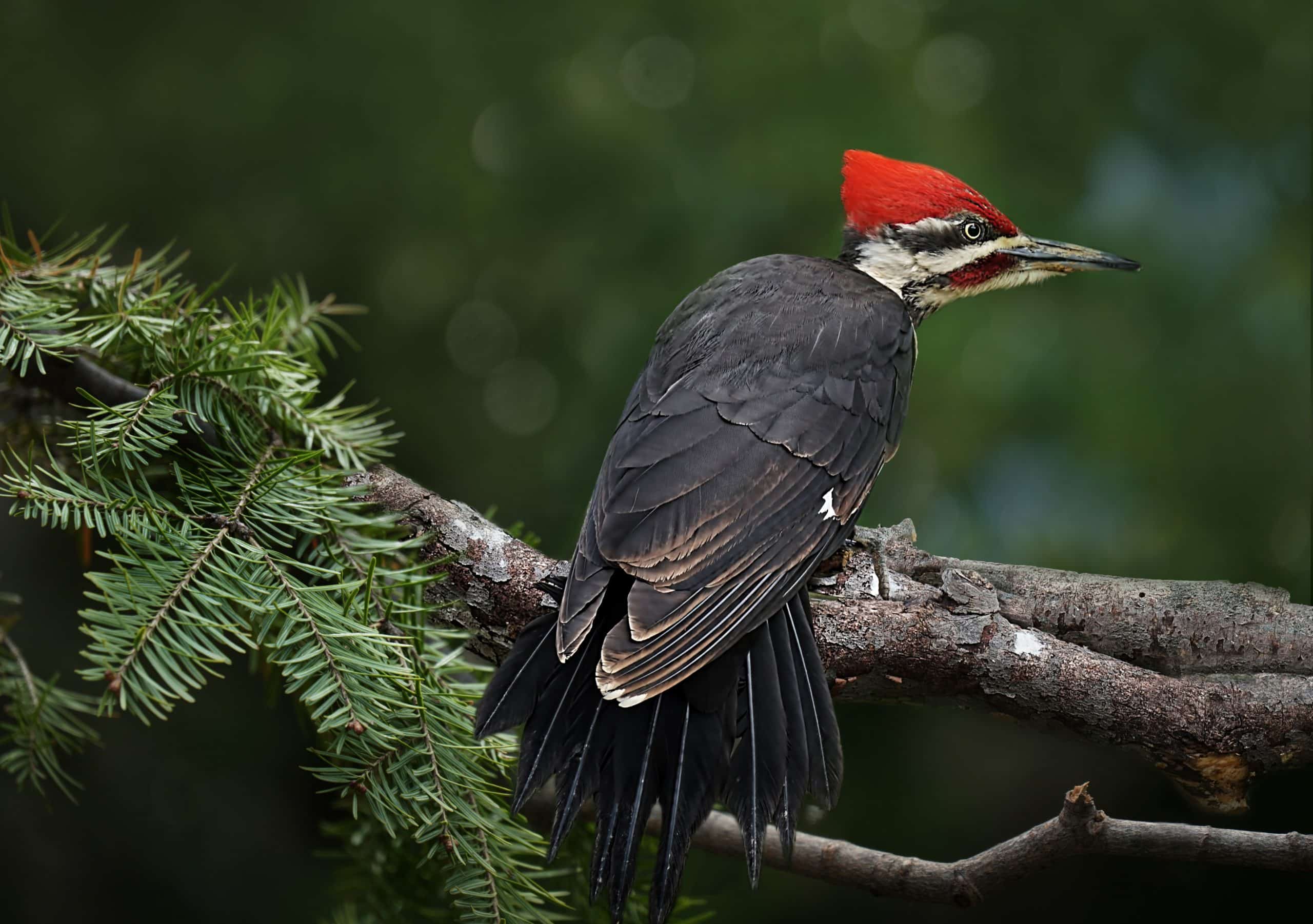Understanding Woodpeckers in Florida: Actions, Types, and Habitats
Understanding Woodpeckers in Florida: Actions, Types, and Habitats
Blog Article
Woodpeckers: A Comprehensive Guide to Understanding These One-of-a-kind Birds
Woodpeckers, with their unique actions and physical characteristics, have long astounded the inquisitiveness of ornithologists and nature fanatics alike. As we discover the elaborate anatomy, diverse types, and ecological value of woodpeckers, a much deeper recognition for these special birds and the enigmas they hold unfolds.

Woodpeckers' Drumming Actions
Woodpeckers show a balanced and specific drumming habits that serves various necessary functions in their day-to-day lives. This actions is mainly related to interaction, area defense, and foraging. The distinctive drumming audio is developed by the rapid pecking of their beaks versus tough surface areas such as tree trunks, branches, or perhaps metal items.
Communication is an essential aspect of woodpecker habits, and drumming plays a considerable function in this procedure. Woodpeckers make use of drumming to develop their visibility, draw in mates, and maintain call with their partners and children. The frequency, strength, and duration of drumming sequences convey specific messages to other woodpeckers in the area.
In addition to interaction, woodpeckers utilize drumming actions for area defense. Woodpeckers in Florida. The loud and repetitive drumming offers as an alerting to potential burglars, indicating that the area is currently asserted. By developing their area with drumming, woodpeckers decrease the chance of conflicts over important sources such as food and nesting websites
In addition, woodpeckers also employ drumming as a foraging strategy. The rhythmic pecking helps them find insects concealing underneath the bark of trees by developing vibrations that disrupt the target's concealment. This actions showcases the flexibility and ingenuity of woodpeckers in using their drumming skills for numerous necessary functions.
Distinct Adaptations for Tree Climbing
Having understood the art of drumming to connect, protect area, and forage, woodpeckers have progressed unique adaptations that facilitate their remarkable climbing capacities in their arboreal environments. Woodpeckers have zygodactyl feet, with two toes aiming onward and two toes aiming backwards. These tail feathers give security and balance, enabling woodpeckers to maneuver up tree trunks with accuracy and agility.
Furthermore, woodpeckers have effective neck muscle mass and a distinct skull framework that aid in their climbing up abilities. Their strong neck muscles permit them to quickly peck at tree bark without experiencing whiplash, while their thick head and small brain act as shock absorbers, safeguarding them from the influence of duplicated drumming. These adjustments collectively allow woodpeckers to browse the upright world of trees with efficiency and grace.

Duty of Woodpeckers in Ecological Communities
Playing a critical function in woodland ecosystems, woodpeckers contribute substantially to the equilibrium and health and wellness of their environments via their one-of-a-kind behaviors and communications with various other types. Among the crucial environmental features of woodpeckers is their role in controlling insect populaces. By foraging for bugs under the bark of trees, woodpeckers aid control parasite populaces, protecting against break outs that might harm the total health and wellness of the forest. In addition, woodpeckers produce dental caries in trees that work as critical nesting websites for a variety of various other bird types, advertising biodiversity within the ecological community.
Furthermore, the additional resources drumming and vocalizations of woodpeckers check out here play an essential role in interaction and region facility. These audios not only offer to draw in mates but additionally assist define borders between various woodpecker areas, minimizing conflicts and promoting an unified coexistence within the forest community. Generally, the visibility of woodpeckers in woodland ecosystems highlights their significance as keystone species, influencing the dynamics and operating of these habitats in multifaceted methods.
Makeup: Specialized Beaks and Feet
In the detailed internet of forest ecosystems, the specialized beaks and feet of woodpeckers are important adaptations that enable them to accomplish their essential environmental functions. Woodpeckers have special anatomical attributes that are especially made to aid them in their foraging and nesting behaviors.
The most distinguishing characteristic of woodpeckers is their solid, chisel-shaped beaks. These beaks are completely adjusted for boring into wood to discover insects, larvae, and sap hidden underneath the bark of trees. The strong muscle mass and durable structure of their beaks permit woodpeckers to eat a rate of up to 20 times per second without creating damages to their skulls.
In addition, woodpeckers have actually specialized feet that help in their acrobatic climbing up abilities. Their feet have two toes pointing onward and 2 toes pointing backwards, providing a strong grasp on upright surface areas (Woodpeckers in Florida). This special foot setup, in addition to tight tail feathers that serve as an encouraging prop, permits woodpeckers to hold on to tree trunks and branches easily while they look for food or dig deep into nesting tooth cavities
Woodpecker Types Diversity
Woodpeckers are a see diverse group of birds located throughout numerous environments worldwide, with over 200 well-known types showing adaptations to different environments. Woodpeckers have developed to live in a range of settings, from woodlands and timberlands to meadows and deserts, each providing unique challenges that have affected the advancement of distinctive woodpecker varieties.
These adjustments enable woodpeckers to forage successfully in their corresponding habitats, minimizing competition amongst varieties and promoting niche distinction. In addition, geographic seclusion and historical factors have played a role in forming the circulation and diversity of woodpecker varieties, leading to the large selection of specialized adjustments seen in these fascinating birds.

Final Thought
In verdict, woodpeckers are remarkable birds that show one-of-a-kind drumming behavior, specialized adjustments for tree climbing, and play crucial roles in ecosystems. With a diverse array of woodpecker varieties located worldwide, these birds are essential for maintaining the health and equilibrium of woodlands and woodlands.
Report this page